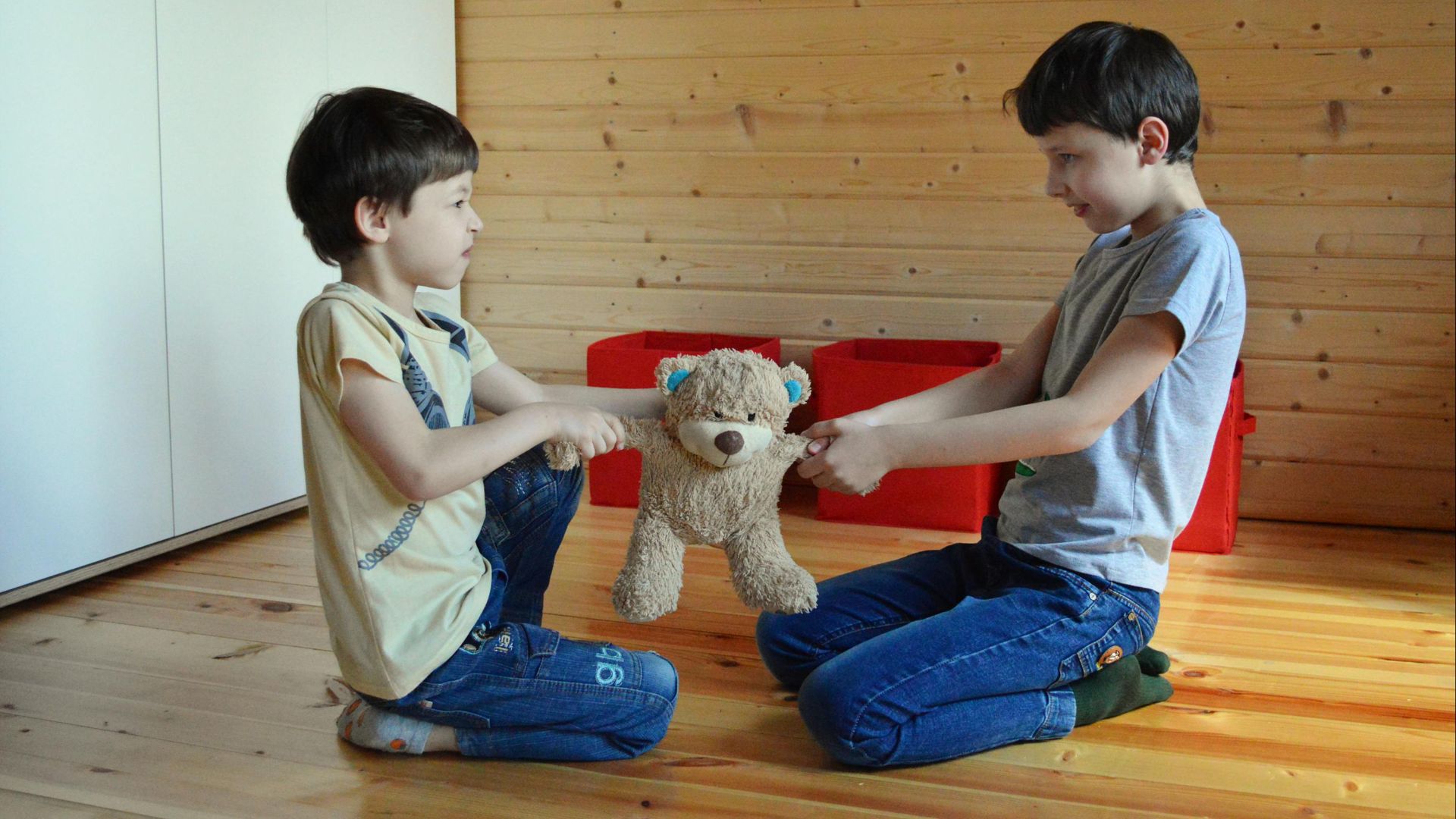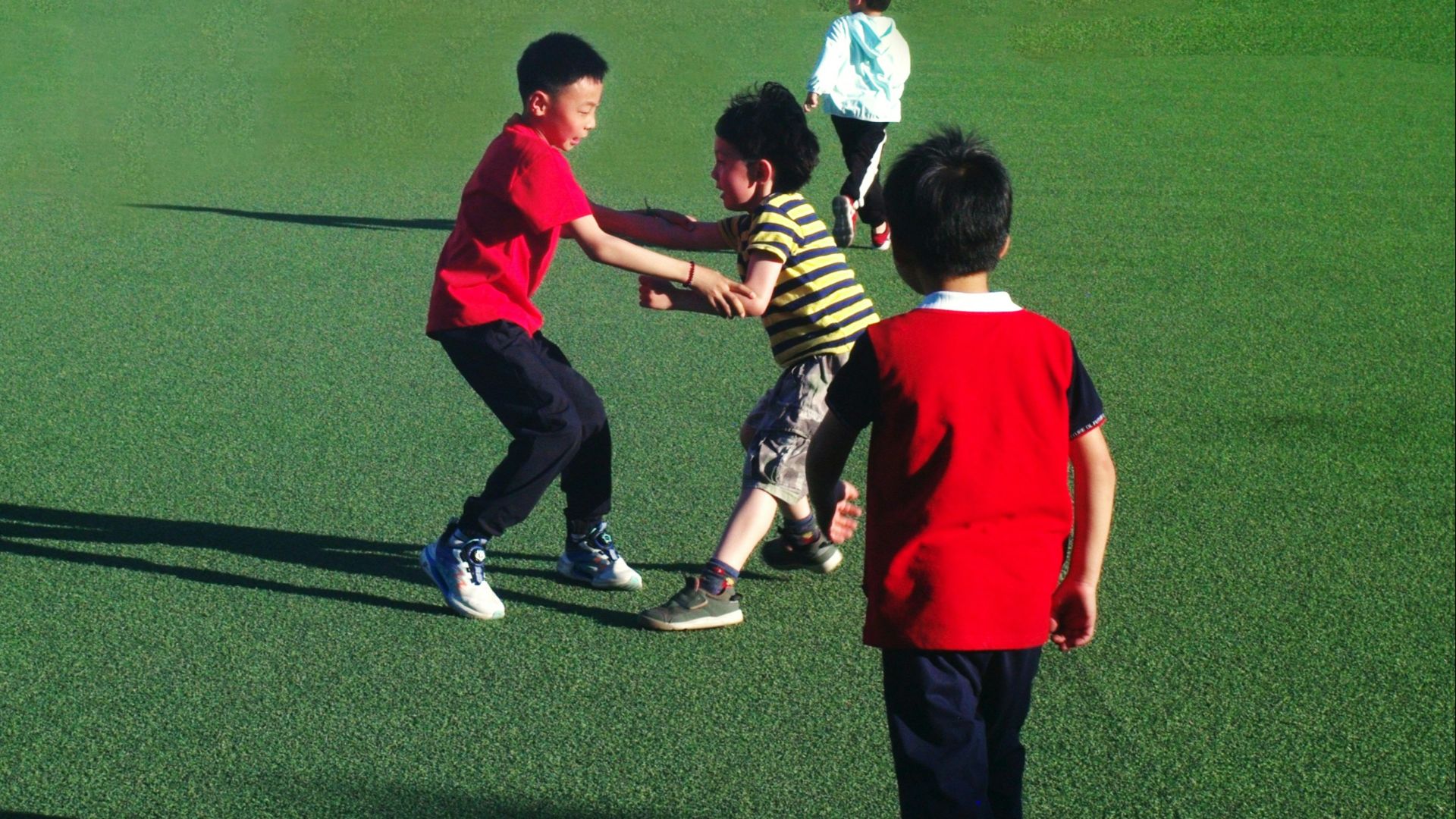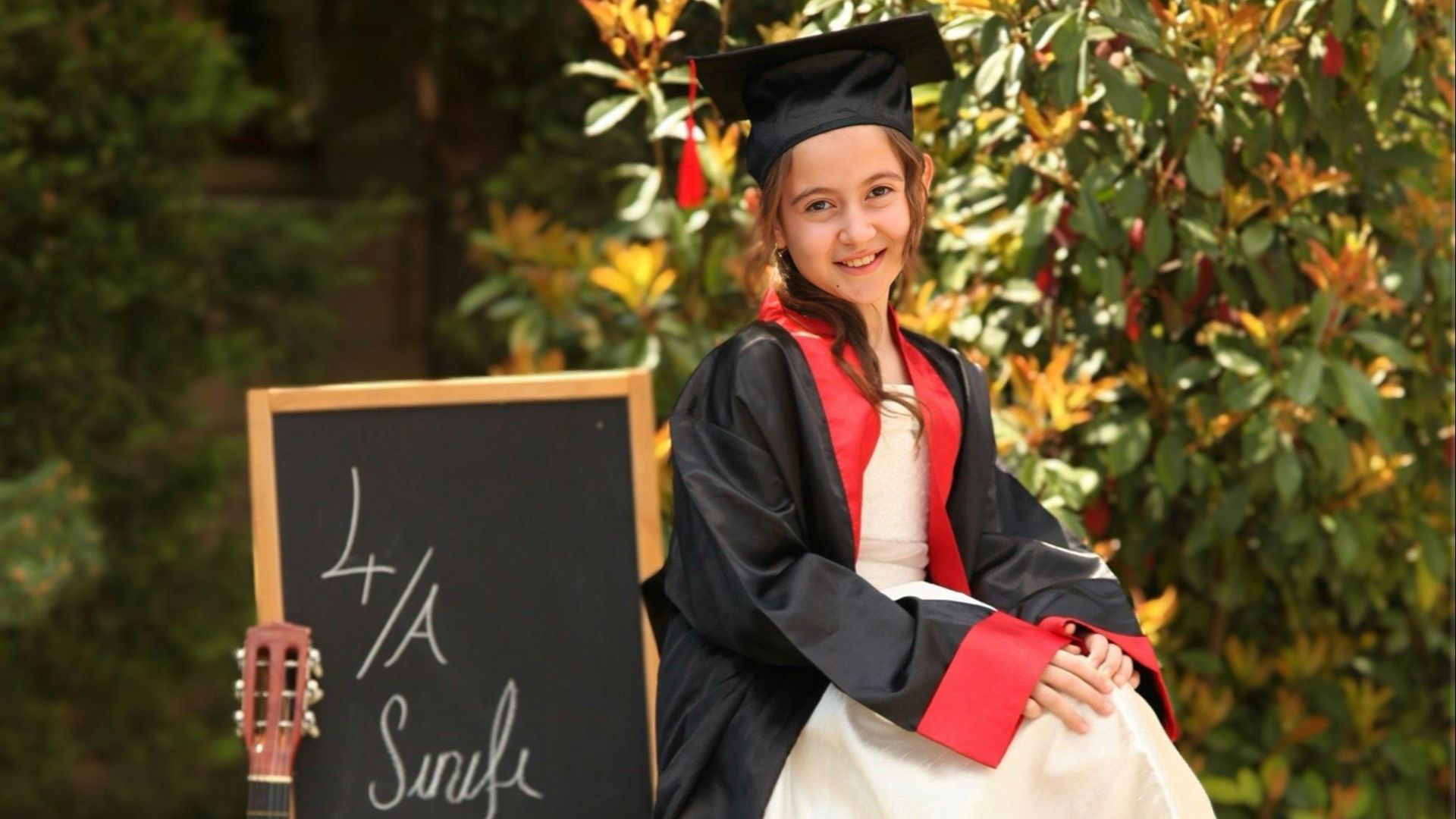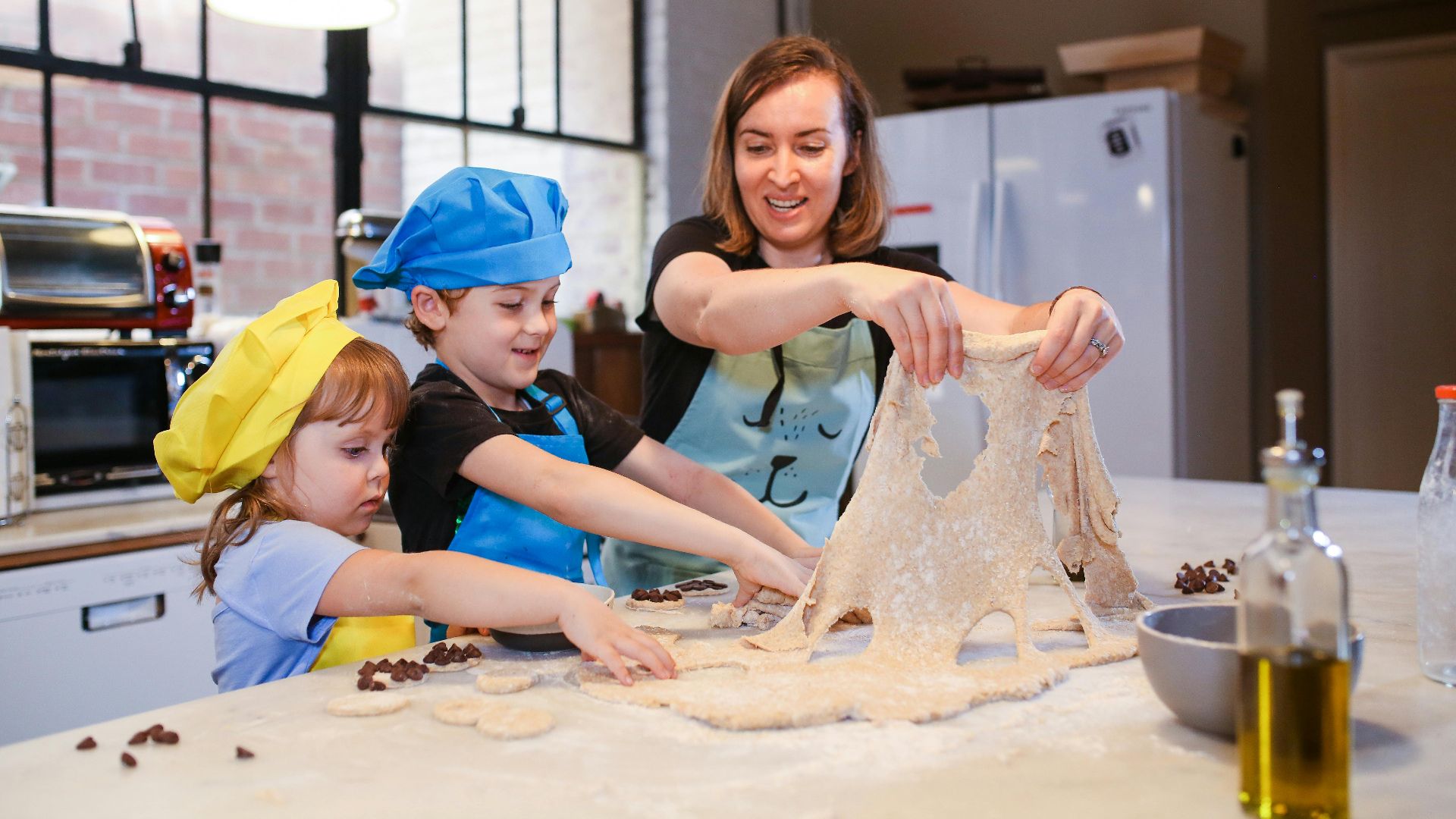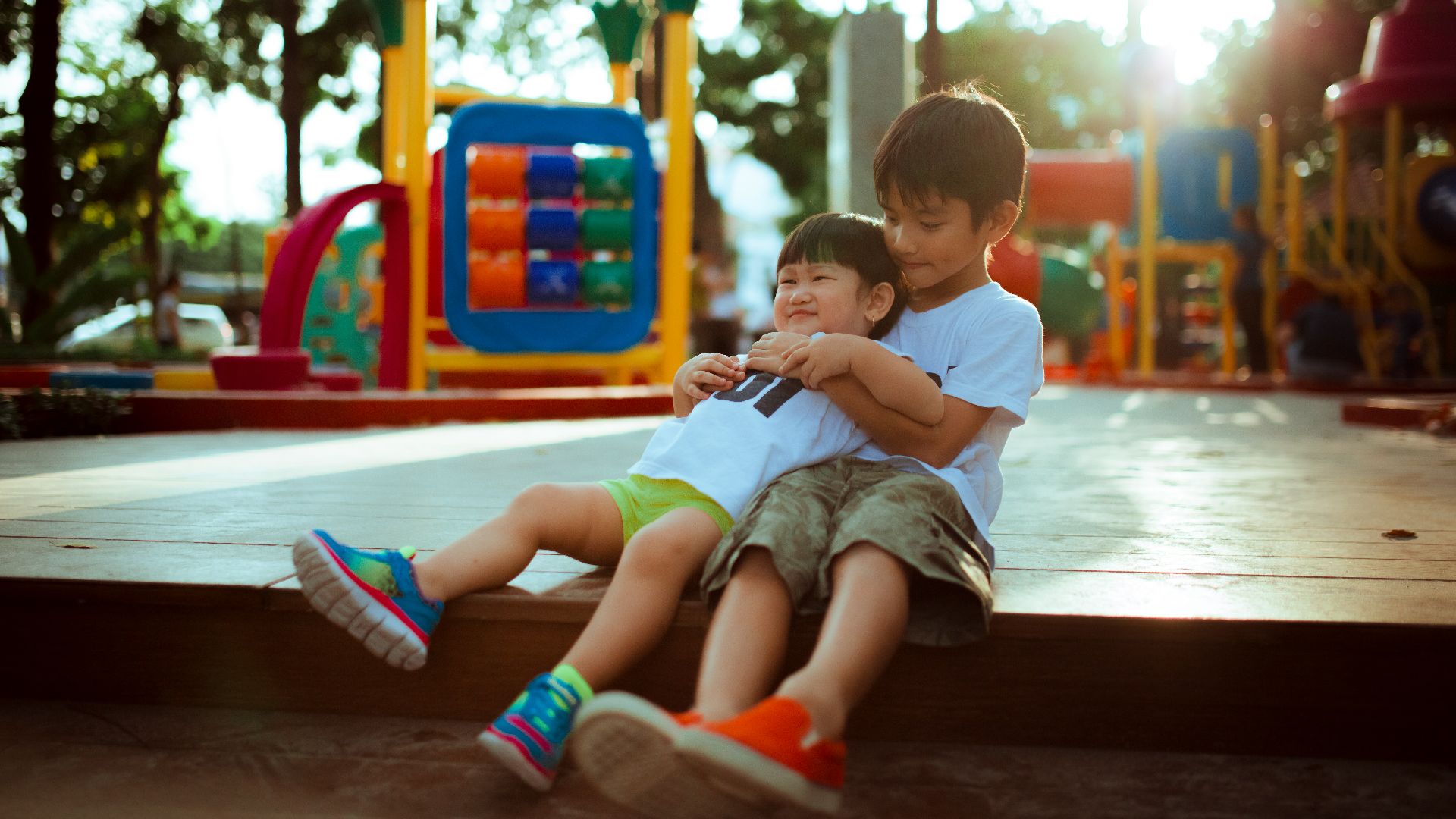Help Siblings Grow Closer Again
A quiet war can rage behind closed doors between siblings who once shared a crib and now battle for space, fairness, or affection. While sibling rivalry is natural, its signs can be subtle at first, but left unchecked, it can snowball into lasting tension. Here, we are offering a clear lens into what’s really going on—and how to respond. Let’s start with the pointers of rivalry.
1. Constant Bickering Over Small Things
Children engaged in frequent, petty arguments may be expressing unresolved tension or jealousy. Psychologists recognize chronic verbal spats as a key sign of sibling rivalry. Young siblings commonly engage in frequent arguments, and some arguments stem from competition over non-existent rewards.
2. Competing For Parental Attention
Rivalry spikes when children feel unequal in parental involvement. Children often fight harder for attention than for toys or treats. Kids perceive unequal attention even if time is split evenly and may act out just to “get noticed,” even through punishment.
3. One Child Frequently Blaming The Other
Blame-shifting is a common tactic in power struggles between siblings. Consistent blaming may signal underlying resentment or insecurity. Siblings may be more likely to lie or shift blame during conflicts, and “blame games” can erode trust not just between siblings but with parents, too.
4. Unequal Sharing Of Toys Or Belongings
Refusal to share can reflect perceived unfairness or dominance. Siblings may assert control by hoarding or gatekeeping shared items. Many parents report that disputes over toys contribute significantly to household stress. Also, sharing disputes can escalate faster than disagreements over chores or TV.
5. Excessive Teasing That Leads To Tears
Teasing is commonly mistaken for bonding, even when it damages self-esteem. When it consistently upsets a sibling, that’s emotional aggression. Hurtful teasing signals an imbalance in sibling dynamics, and some kids mimic TV or online humor without understanding its harm.
6. Persistent Tattling On Each Other
Siblings may tattle to assert moral superiority or sabotage each other. Tattling can indicate competition for adult approval or justice, and younger siblings often tattle more frequently than older ones, seeking adult intervention in conflicts. Excessive tattling can become a strategy for indirect revenge.
7. Physical Aggression Or Shoving
Hitting or pushing signals unmanaged anger and rivalry tension. Physical conflict is one of the strongest predictors of sibling hostility. They may fight harder at home due to unfiltered emotions, and repeated aggression can evolve into lifelong resentment patterns.
8. Intense Jealousy Over Achievements
Rivalry often peaks when one child outperforms the other. Parents praising only “wins” fuels resentment in the other child, and jealousy can motivate sabotage or withdrawal between siblings. Even shared accomplishments can trigger competition in some cases.
9. Refusal To Spend Time Together
Avoidance is a sign of deeper, unresolved sibling conflict. Children who consistently avoid each other may feel emotionally unsafe. Sibling avoidance may increase during adolescence, reflecting heightened conflict or emotional distance, and kids may fake illness or boredom to dodge sibling interaction.
10. Undermining Each Other In Group Settings
Sabotaging siblings in front of others reflects competition for status. Public embarrassment often masks deeper insecurity and rivalry. It’s common for kids to downplay siblings' achievements in front of friends, and this behavior increases during social transitions, like new schools.
Thankfully, there are many things parents can do to reduce sibling rivalry. Here are 10 of them.
1. Set Clear Household Rules For Respect
Firm expectations reduce opportunities for rivalry. Rules provide a structure that discourages manipulative behavior, and kids thrive on knowing what's fair and what isn’t. Families with posted house rules report fewer sibling fights, and rules are more effective when co-created with kids.
2. Praise Cooperation, Not Just Individual Wins
Celebrating teamwork encourages siblings to support each other and reduces competitive thinking. Praising children for kindness can foster greater empathy, encouraging cooperative sibling behaviors. Siblings mimic positive behavior when it earns attention, and group praise feels fairer and builds family identity.
3. Encourage Solo Time With Each Child
Individual bonding or one-on-one time reduces attention-seeking rivalry and resentment while fostering security. Just 15 minutes of solo time a day can ease tension. Kids may misbehave less after parent-child alone time, and some children only share fears when not around siblings.
4. Mediate Conflicts Without Taking Sides
Taking sides fuels distrust and intensifies rivalry, but neutral mediation teaches fairness and conflict resolution. “Coach, not referee” parenting improves sibling problem-solving. Asking each child to suggest a solution builds empathy, and kids are more likely to stick to agreements they helped make.
5. Assign Shared Tasks That Require Teamwork
Kids often bond over problem-solving more than play. Joint responsibilities build cooperation and lower competition, and tasks requiring collaboration aid mutual respect. Gardening and pet care are great sibling team-building jobs, and these tasks can reveal hidden sibling strengths.
6. Limit Comparisons Between Siblings
Comparisons foster insecurity and fuel competition. Even positive comparisons can be harmful long-term. Statements like “Why can’t you be like your brother?” create emotional wounds, and comparisons are most damaging during early school years. Parents comparing grades are seen as less emotionally supportive.
7. Promote Empathy Through Role Reversal Games
Empathy-building reduces rivalry and increases compassion, and role reversal helps children understand each other’s perspectives. You can expect lower hostility, too. Games like “Walk a Day in My Shoes” boost emotional IQ, and siblings often apologize after stepping into each other’s roles.
8. Teach Problem-Solving, Not Punishment
Problem-solving gives power back to both siblings equally. While punishment fuels resentment, solutions teach skills. Teaching problem-solving equips kids to resolve future conflicts, and you can use conflict-resolution charts to help kids visualize fairness.
9. Schedule Regular Family Meetings
Family meetings foster open dialogue and shared decision-making. These consistent check-ins reduce conflict buildup. Families with weekly meetings report higher trust levels, and kids often suggest better rules than adults expect. Meetings build conflict-resolution habits from a young age.
10. Watch For Triggers Like Hunger Or Fatigue
Physical states can ignite avoidable sibling fights, and an awareness of triggers helps prevent unnecessary conflict. Siblings may argue more when hungry or tired, such as before dinner time, due to increased irritability. Also, sleep-deprived kids are more reactive and impulsive. Snack breaks can save entire afternoons.



